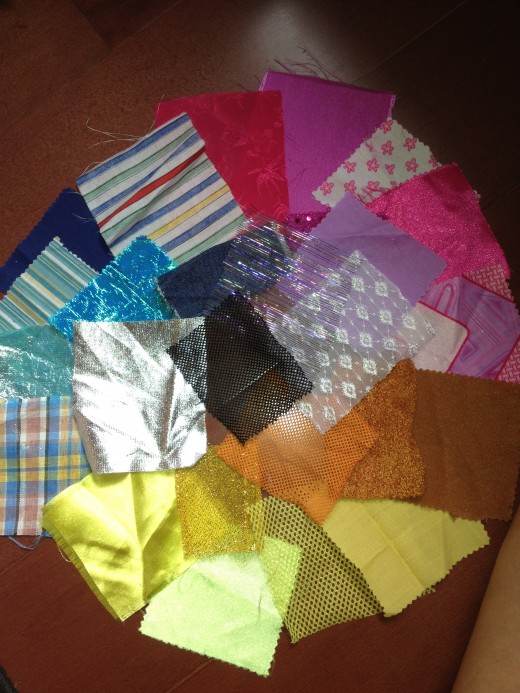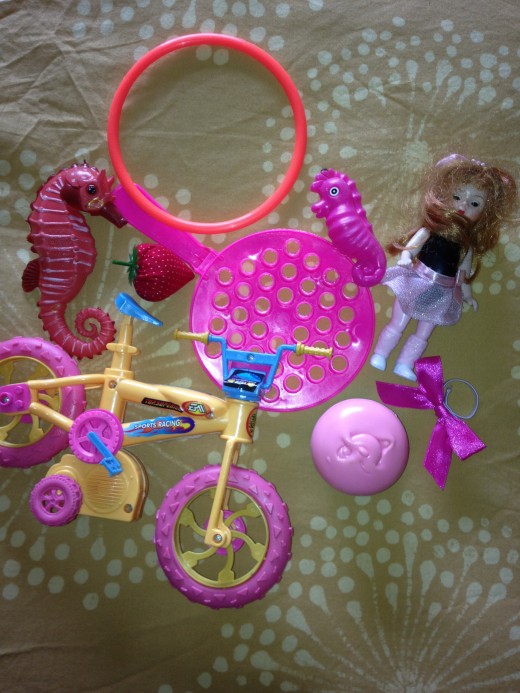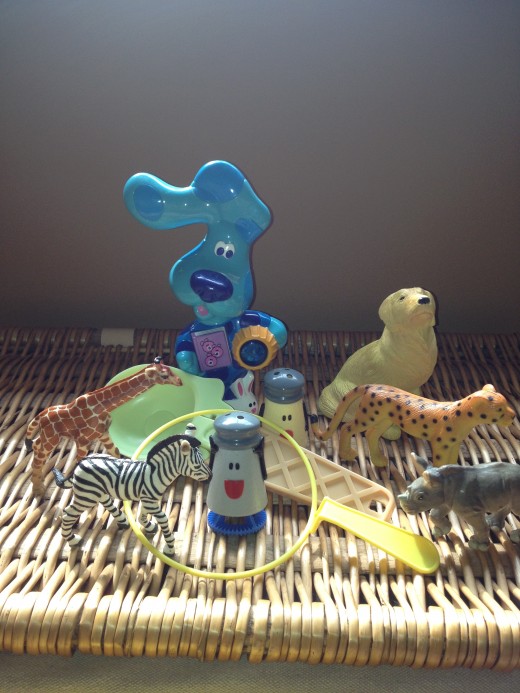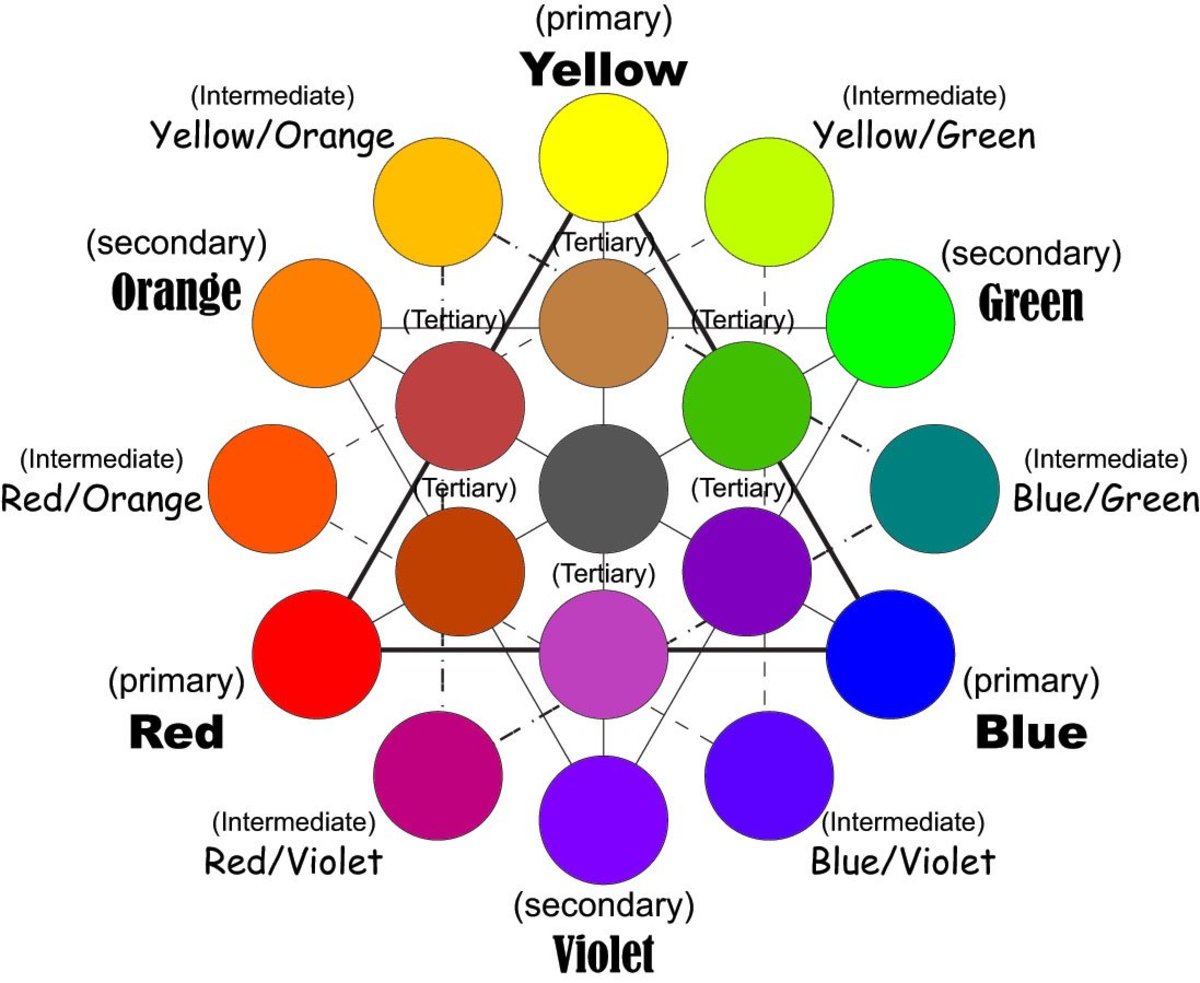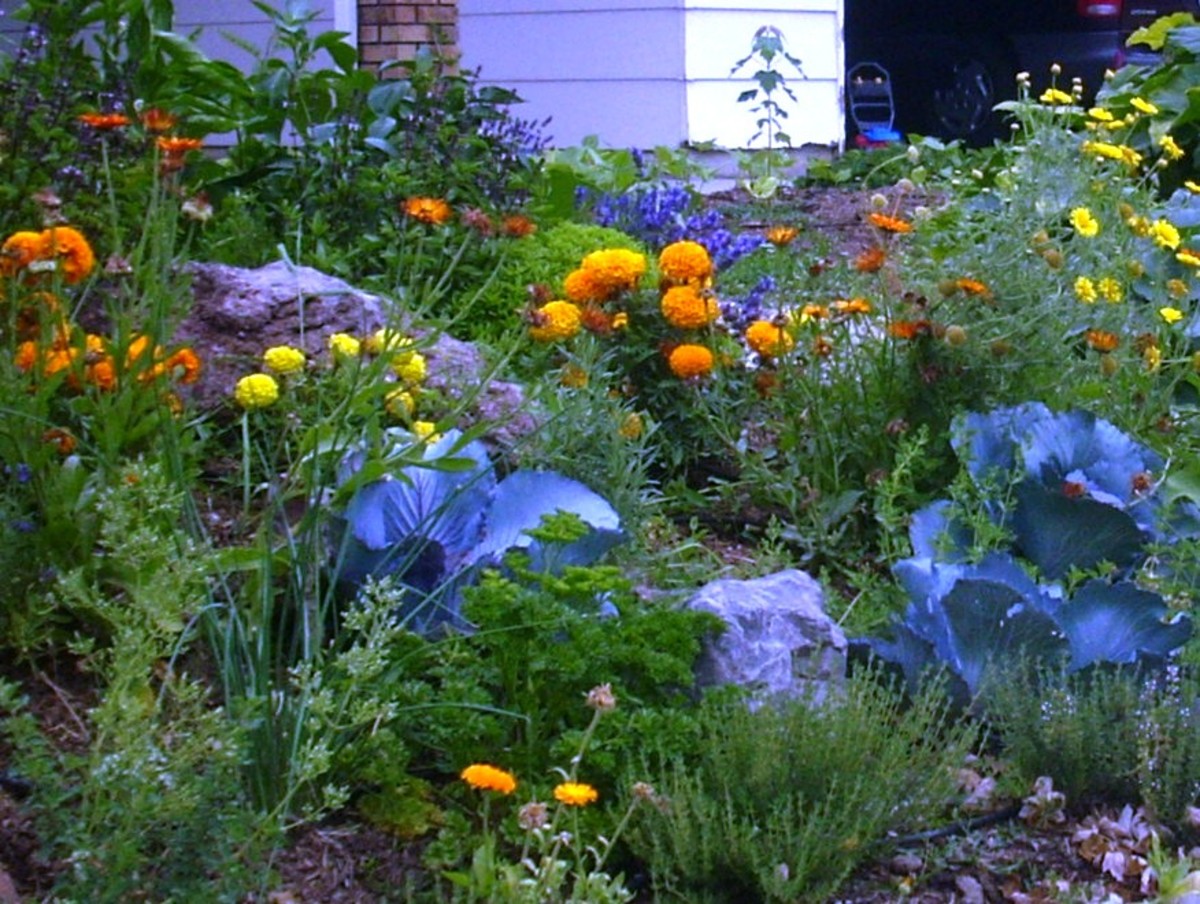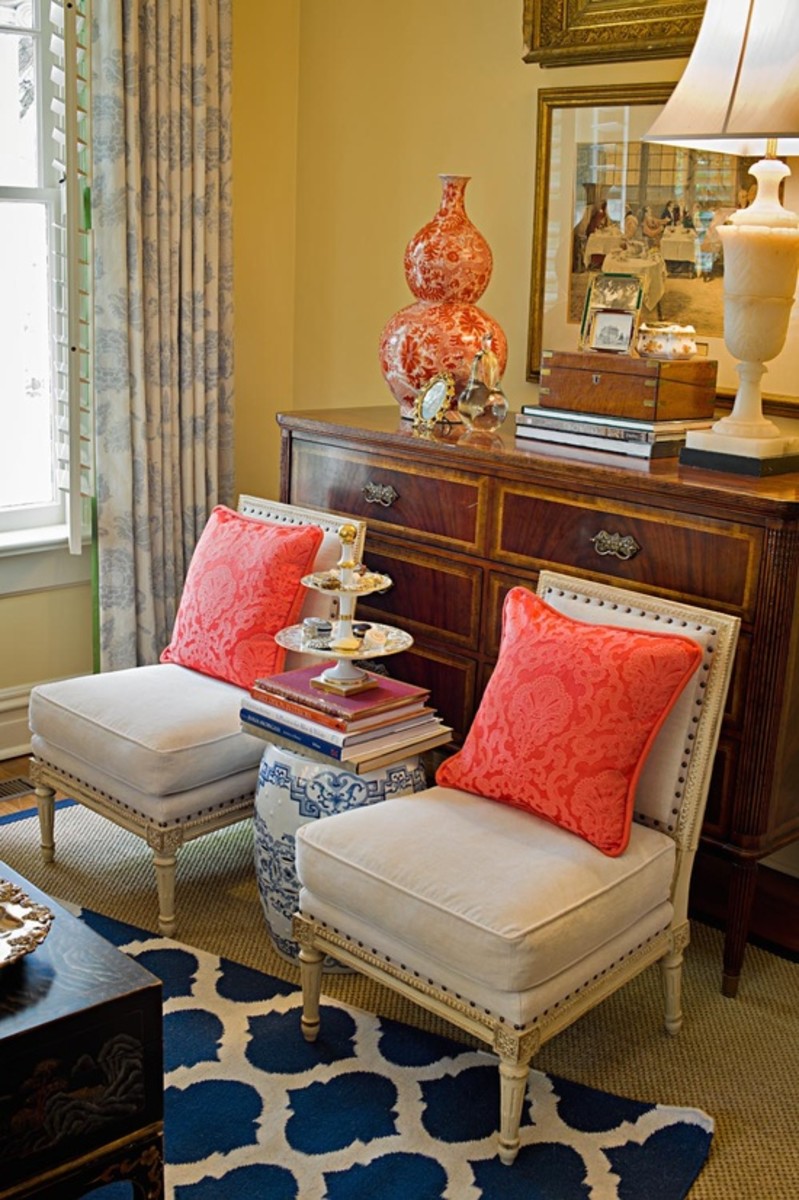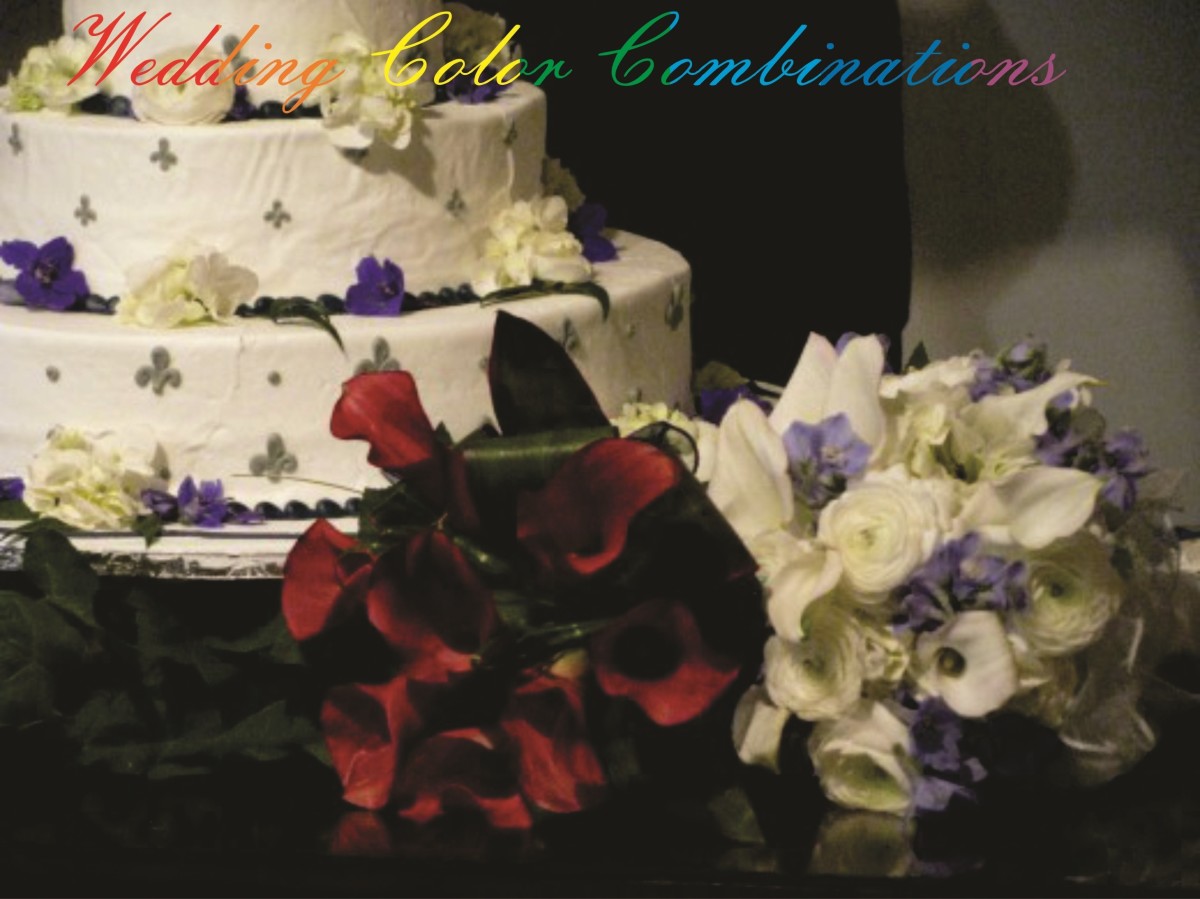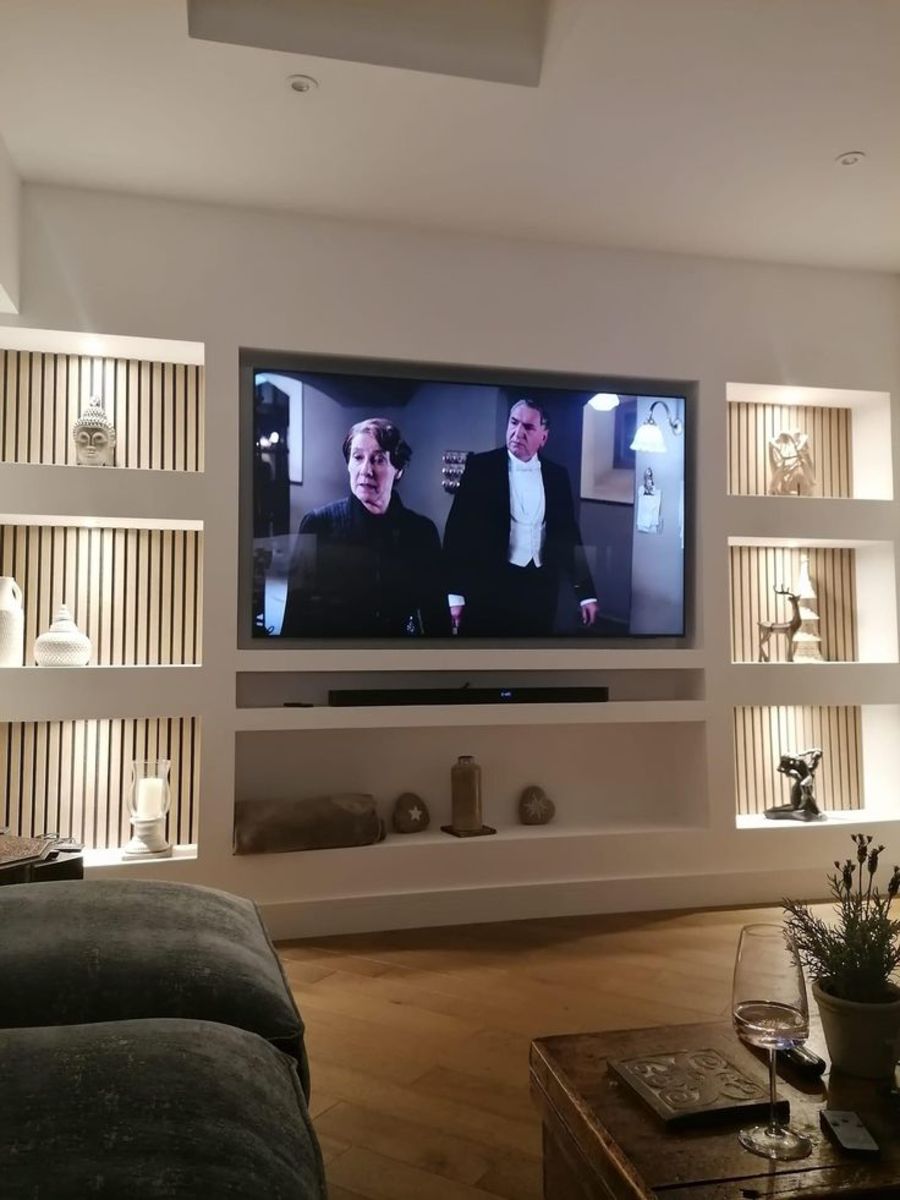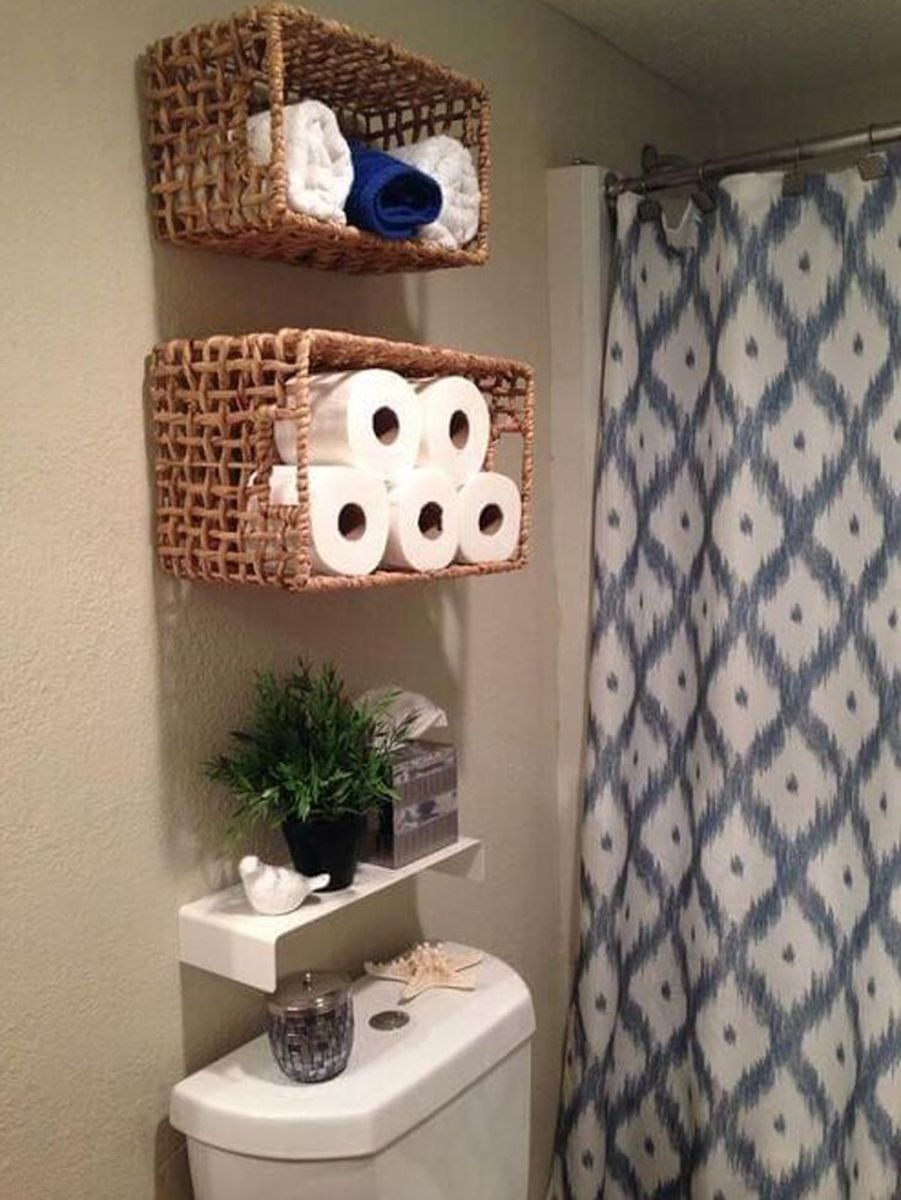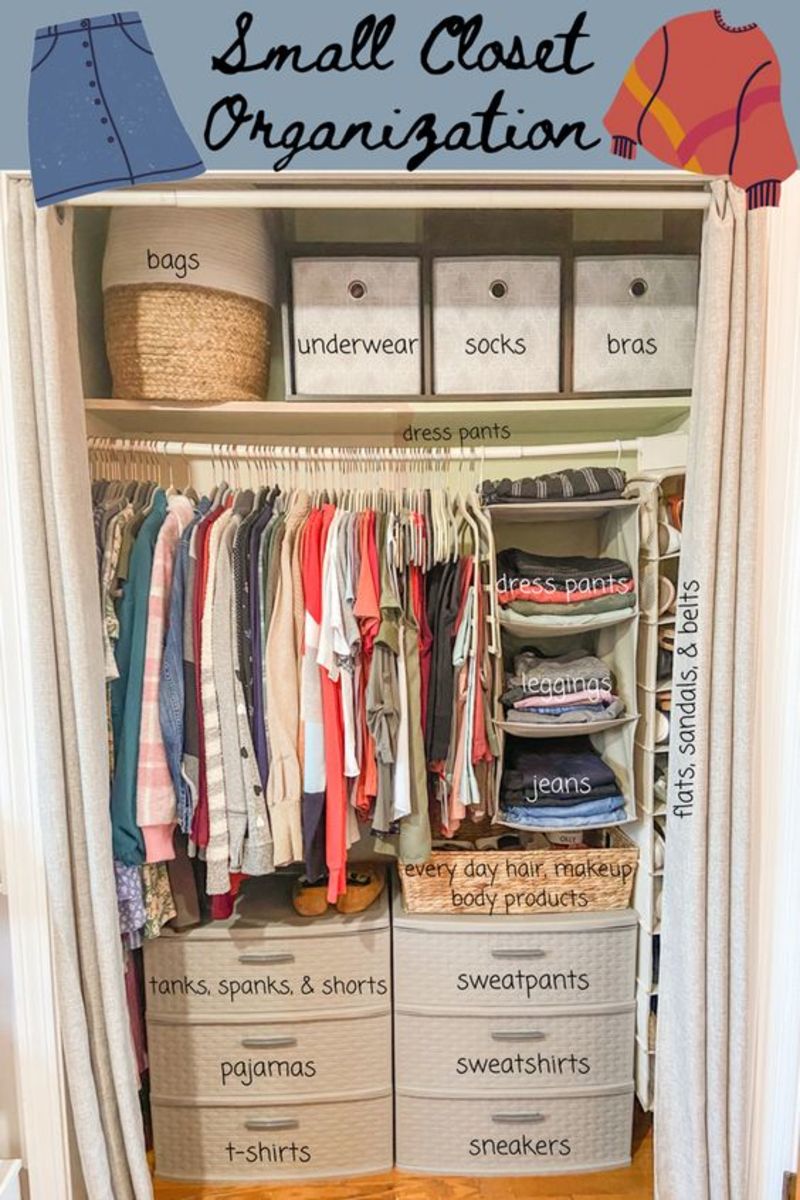Top Color Combination Schemes For A Child's Room
Color Combination Themes Are Endless
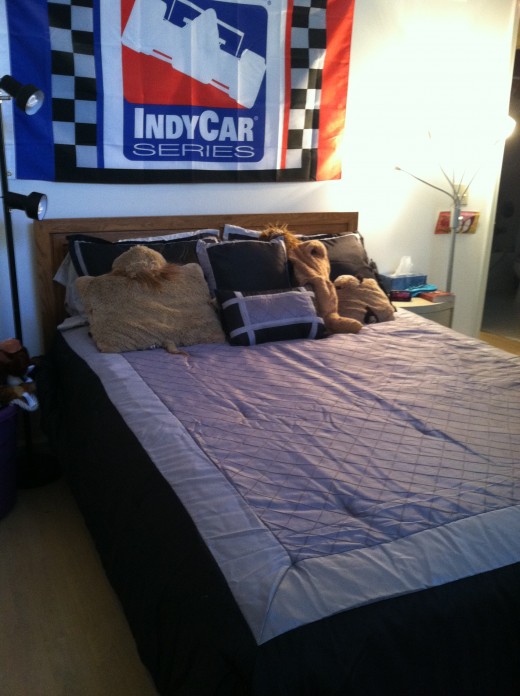
Designing Personal Space
A child's bedroom is his or her own personal space representing privacy and individual personality. Color enhances the space and provides an enclosure for different emotional ties such as energy, rest, warmth and tranquility leading to satisfaction and uniqueness in a child.
Rarely do we start from a clean slate in choosing a color combination scheme for a child's room. Most likely color choices rely upon a favorite comforter, sports team colors, a collection of toys, the bedroom furniture or other items already chosen as a central theme for the room.
However, it is important that you allow a child to be a part of the process when possible. When I was a teacher, I allowed children to decorate their storage cubbies because it was their own private space.
This tiny cubed space identified them as special and, besides being a place holder for their possessions, it allowed them a sense of control. Similarly, a child's bedroom is a much bigger cubby that identifies them as unique and special. They should have an opinion as to how their personal space is decorated and a choice in selecting wall colors.
How Does Color Affect You?
What color represents you best?
Choosing The Perfect Paint Color Scheme
Color in a child's room can elicit emotional responses in association with the wall colors that dominate his personal space. Color has an amazing effect upon children and can enhance a living environment. The lighting in the room, as it reflects off the color scheme, also affects a child's comfort in relation to rest, play, and study habits. According to a study by Rikard Kuller in 1976, color and visual patterning affects not only the cortex but also the entire central nervous system. Additionally, further studies proved that as color is transmitted through the human eye, the brain releases the hormone, hypothalamus, which affects our moods, mental clarity and energy level.
The following chart represents how color affects a child's mood. Understanding how colors can affect a child's perception and mood, will help in choosing the best room color combination.
Color Mood Perception
Color
| Affect Upon Child
|
|---|---|
Green
| Nature, reinforces self-esteem and suggests hope, restfulness and calmness.
|
Blue
| Represents the ocean and sky; evokes feelings of calm, tranquility and spirituality.
|
Red
| Use as accent to nuetral colors, adds life and energy
|
Yellow
| Cheerful, dynamic; brightens and warms a room. Said to be the color of intellectuals.
|
White
| Represents peace, faith, joy, cleanliness and purity. Reflects light making room bright, cool and spacious.
|
Purple
| Evokes different feelings; children respond to the energy of purple.
|
Source: True Value, Paint A Child's Room With Color
|
Basic Color Wheel
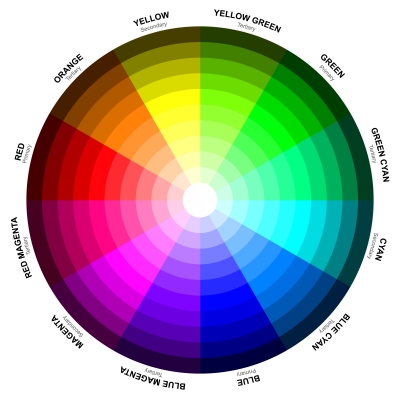
Need a color wheel guide?
Gender Preference in Color
Now knowing how color affects a child, you can begin to select a color combination scheme that will help a child relate well to her personal space. Keep in mind that some children, if given a choice, may select a color combination that does not appeal to your own sense of style. You and your child may have to compromise on shades and tones of paint color. Younger preschool children, prefer bright colors such as red, yellow and orange. Older school-aged girls may opt for purple and pink, while boys prefer blues, greens, and neutral colors such as brown, black, and shades of green.
Interior designers use a color wheel to make paint choices easier. Color schemes are chosen based upon complementary pairs of colors. These colors are opposite on the color wheel (i.e. blue and orange) and are used in varying shades extended or mixed by neutral colors such as white, brown, grey, and black. You can find color wheels at paint stores, craft shops and art stores, but I suggest that you match these colors to your child's personal toys or room décor to make it meaningful. I have included this method in the photo section below: Top Color Combinations For A Child's Room.
Red, blue, and yellow are the primary colors on the color wheel and using these cheerful, basic colors may satisfy your child's wall color choice. Wonderful, you can stop there and get to work! However, the secondary colors (i.e., orange, green, purple), made by mixing the primary colors, will give your child additional choices in the palette of color.
The customized color wheels below represent the favorite colors in females and males and can be used as a guide to select color combinations that will remain popular over a few years as a room color.
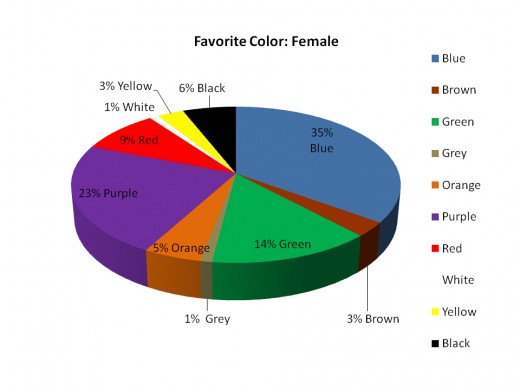
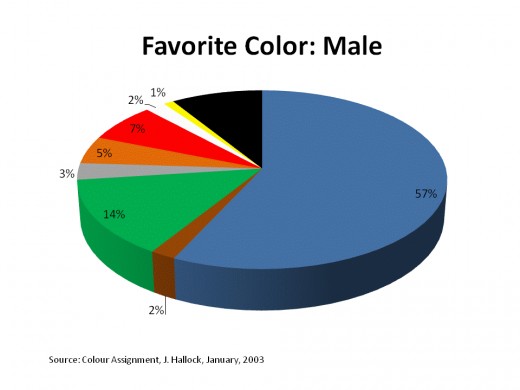
Choosing A Color Combination Scheme
Click thumbnail to view full-size


You May Also Enjoy These Articles
- How to Furnish a Child's Room?
Queries about designing your kid's room? This hub will talk about the basic needs a kid requires for his development with the links to the stores that I have shopped from. - The Top Color Schemes for a School Classroom
Discover how the top color schemes for a school classroom promote learning. Colors ar an integral part of our lives and have an effect on how children learn.
Top Color Combinations For A Child's Rooom
Ready to choose the paint colors? Even though it is an important decision for both parent and child, make it fun. Once your child is past the two's, you can both have fun selecting color combinations that reflect your child's personality and style. Most likely, your child's room will change color a few times over the years, and don't worry if the colors don't exactly line up with your personal taste or the rest of the home's décor. What does matter is you are allowing your child to have some control and decision making in the environment he will spend a good part of his day enjoying.
Here are the top color combination colors popular with children:
- Green and yellow
- Red, yellow, and green
- Orange and blue
- Purple and golden yellow
- Lilac and spring green
- Purple and pink
- Blue and green
- Red, blue-violet and gray
- Grey accented with shades of black or blue
Parents, keep in mind your preteen or teen may choose darker colors. A lighter shade of blue or grey on the walls accented by black or purple accessories and décor will provide a "cool" space, yet keep the mood balanced. It may not be your color combination preference, but compromising will create a space for your teen that reflects individuality and comfort.


